Jackson Pollock
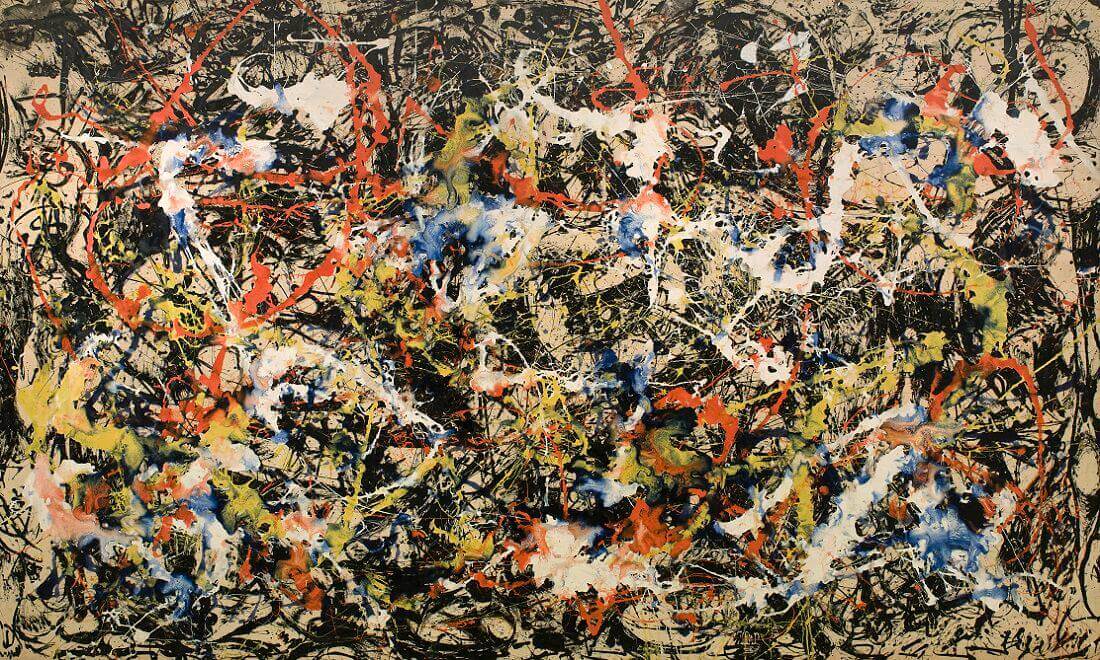
Born in 1912 in Cody, Wyoming, Jackson Pollock became a titan of 20th-century art by throwing convention out the window. Raised in Arizona and California, Pollock absorbed influences from Native American sand painting, Surrealist automatism, and Mexican muralism. In 1930, he moved to New York and studied under muralist Thomas Hart Benton at the Art Students League, where his appetite for large-scale expression was born.
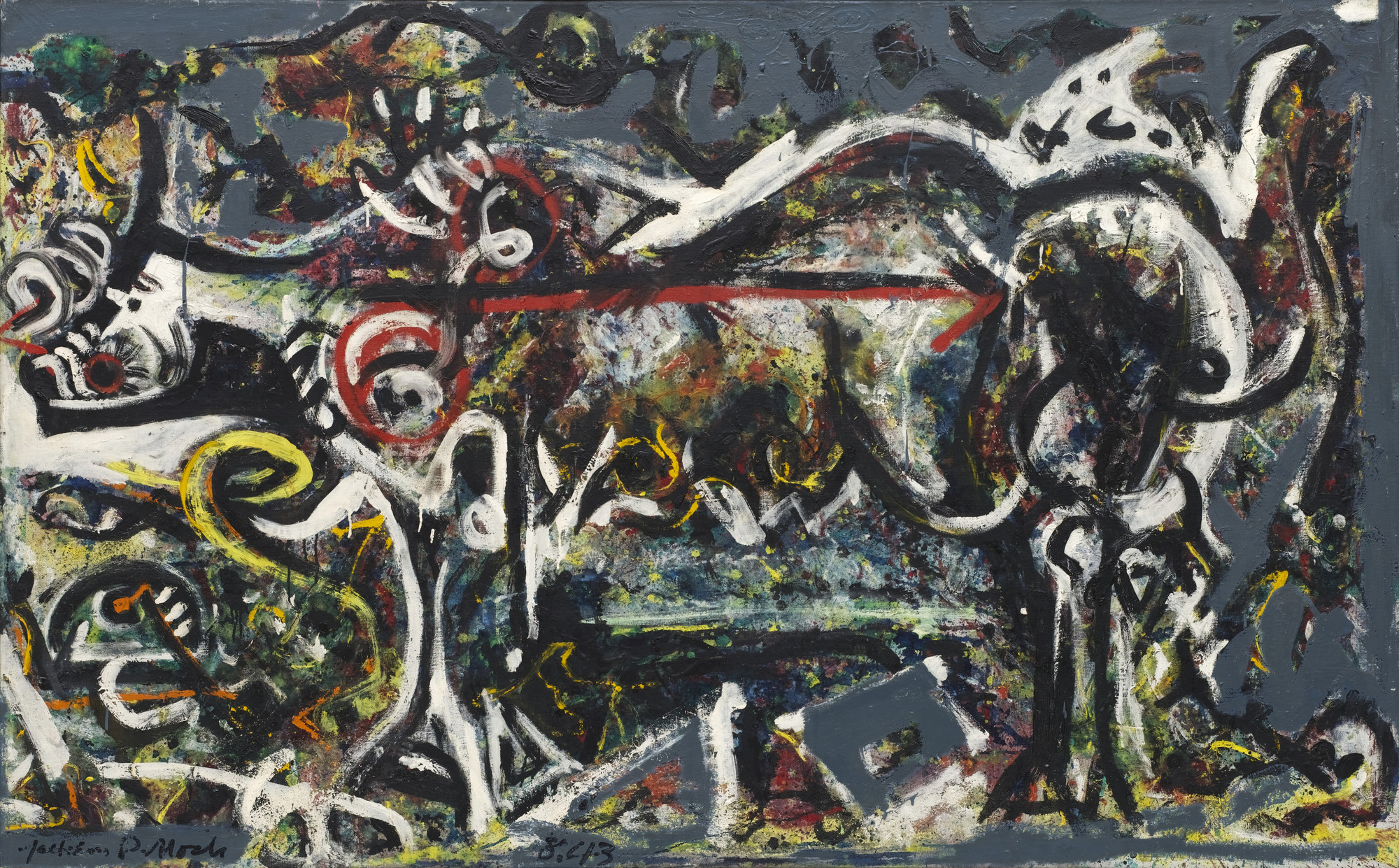
Pollock's breakout moment came with the development of his now-iconic drip technique. Laying unprimed canvases on the floor of his barn studio, he used sticks, hardened brushes, and even turkey basters to fling, drip, and pour paint in erratic, rhythmic motions. This method—dubbed 'action painting' — blurred the line between the act of creation and the finished product. His canvases became arenas of movement, emotion, and chance.
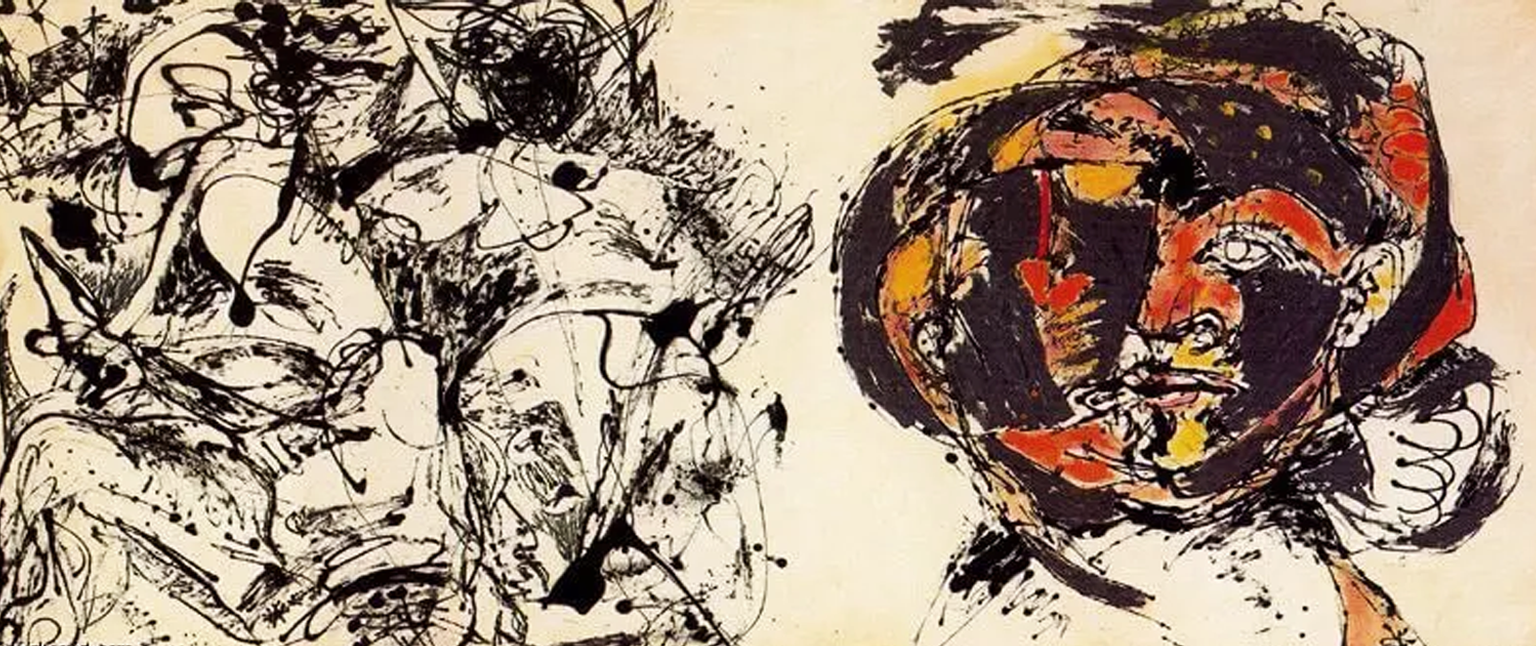
Throughout the 1940s and 1950s, Pollock’s work was celebrated, debated, and mythologized. His style evolved, switching between abstract splatter and figuration. He appeared in Life magazine, posed models for Vogue, and headlined international exhibitions, all while wrestling with fame and addiction. By the time of his tragic death in a car crash in 1956, Pollock had secured his place in art history.
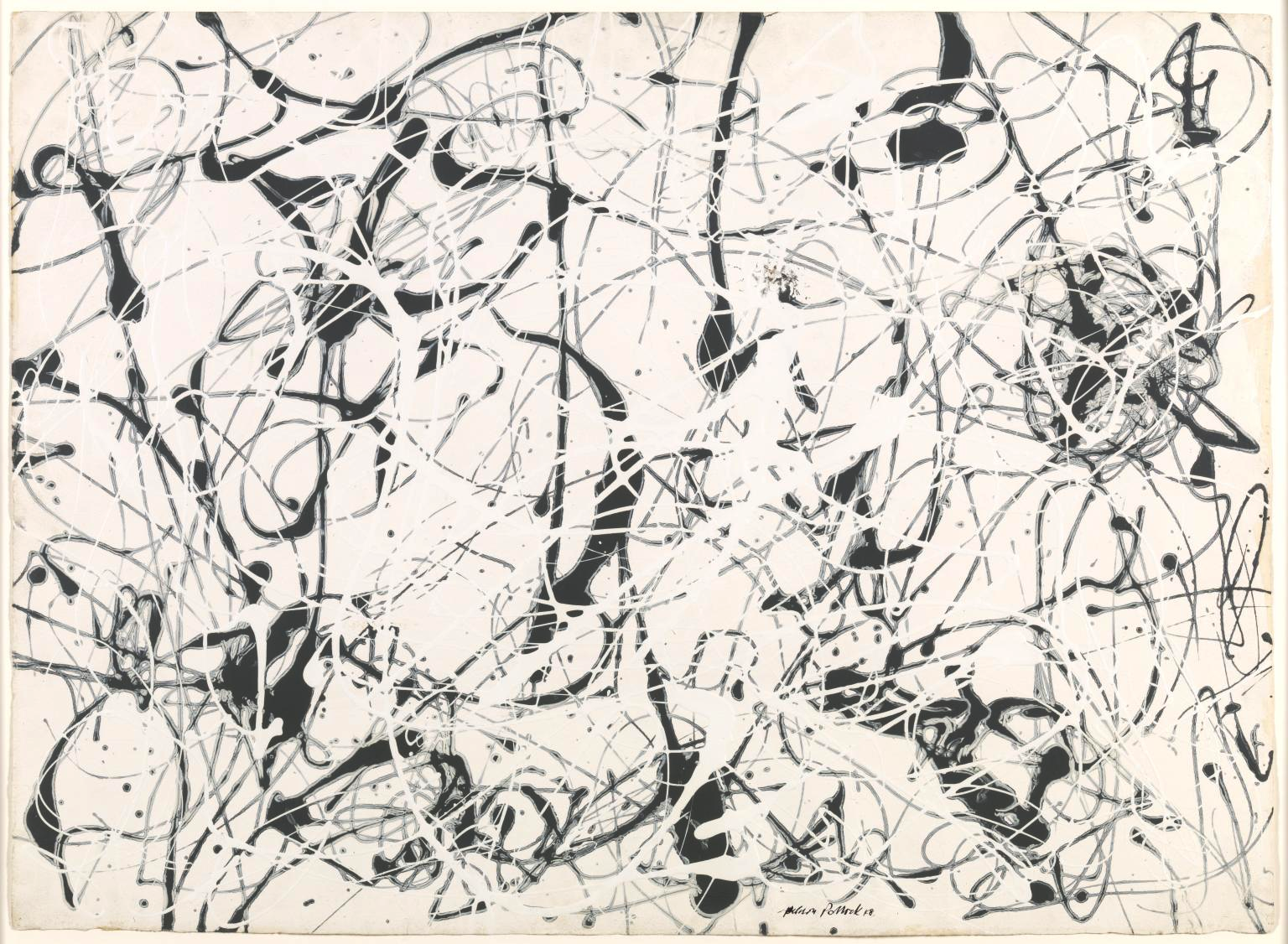
Pollock's legacy lives not just in the museums that house his work, but in every artist who dares to break rules, embrace instinct, and chase raw expression. His defiance of boundaries paved the way for Abstract Expressionism and redefined what it means to be a modern artist.
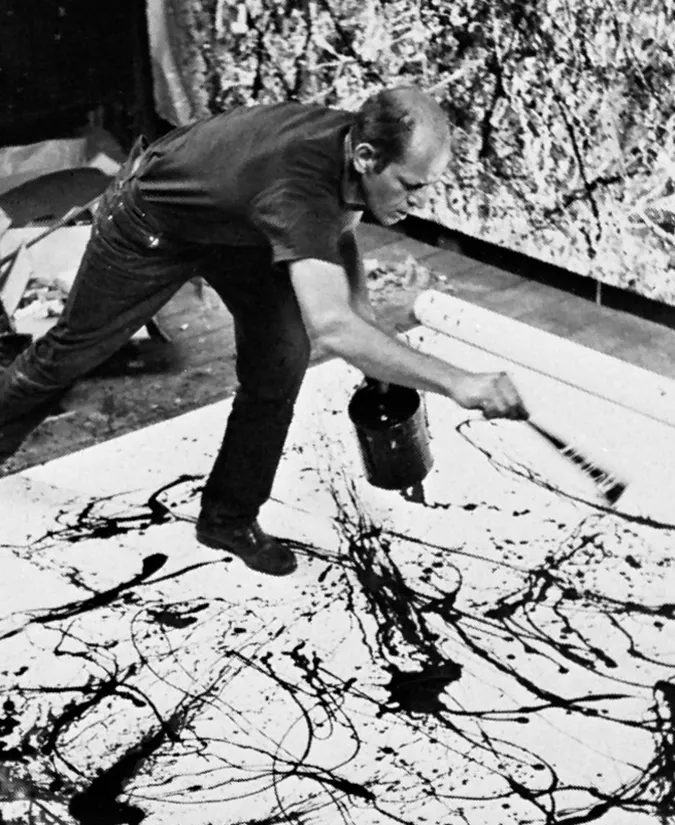
?
How did Pollock's early influences shape his later innovations?
Why was his drip technique considered radical at the time?
In what ways did Pollock blur the boundaries between artist and artwork?
How does emotion come through in Pollock’s abstract works?
Why do you think Pollock moved away from the drip style in his later years?
What role did Lee Krasner play in Pollock’s career and legacy?
Dig Deeper
Discover how Jackson Pollock used drips and drops to make marvellous masterpieces!
This documentary explores Pollock’s rise to fame and the myths that surround his method and madness.
Dive into the cultural and political legacy of Pollock’s work during the Cold War and beyond.
Discover more

Georgia O'Keeffe
O’Keeffe showed us that power doesn’t have to be loud. It can be soft like petals or silent like bones in the sand. She didn’t wait for permission, she created what she needed to see. Her art teaches us to trust our perspective and to fill the space in a beautiful way.

Alma Thomas
Alma Thomas didn’t rush genius. She waited until retirement to show the world her full artistic power—and when she did, it was with color that danced, sang, and reached toward the stars. In a world that often equates success with youth, Thomas proved that joy, vision, and originality only grow richer with time.

Keith Haring
Haring taught us that art doesn’t need a fancy frame, it can live on any wall, everywhere. With chalk, color, and courage, he transformed public spaces into calls for justice and joy. His work reminds us that creativity can be a tool for visibility, healing, and collective action.
Further Reading
Stay curious!
